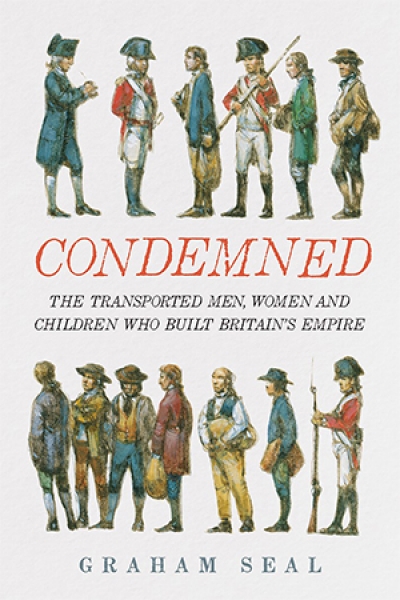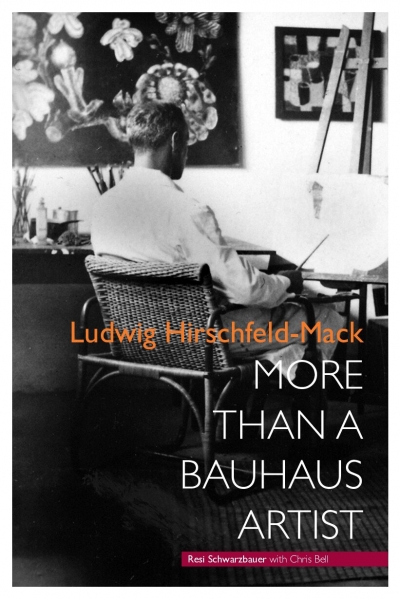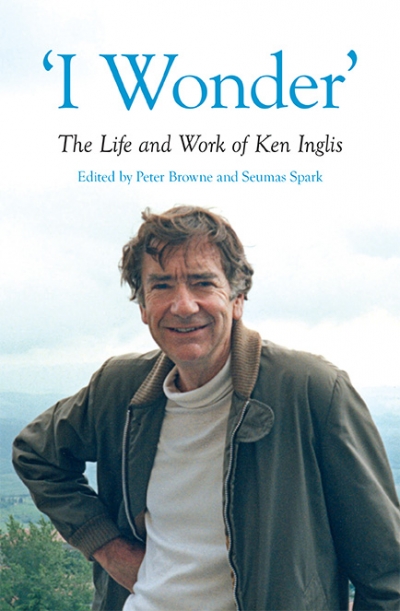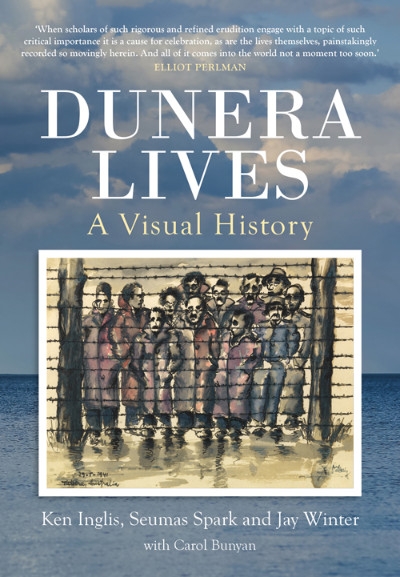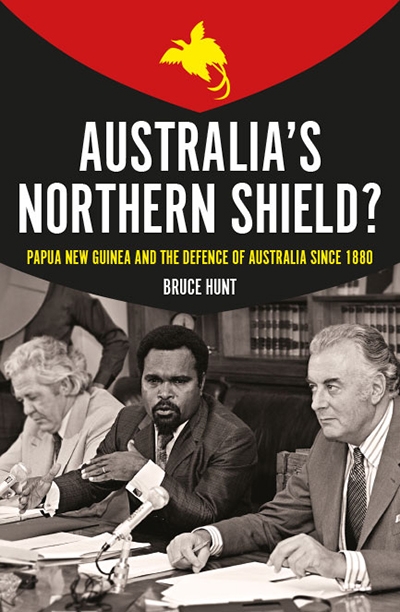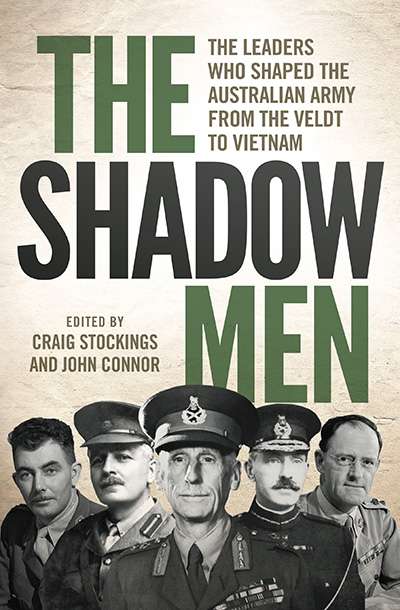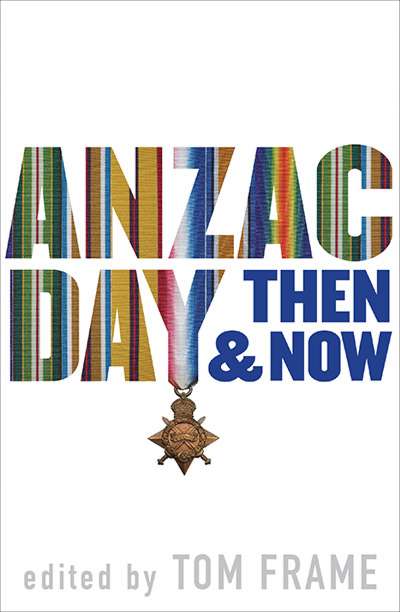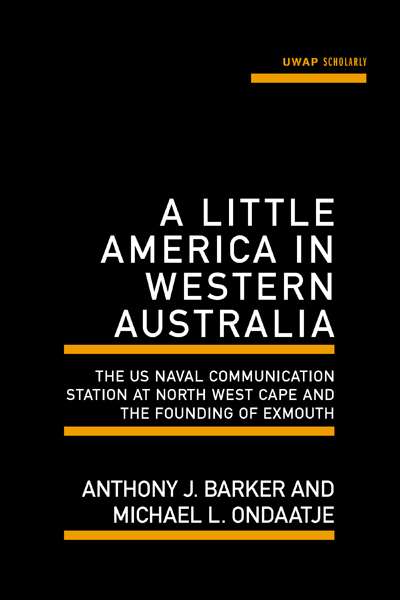Seumas Spark
A Life in Words: Collected writings from Gallipoli to the Melbourne Cup by Les Carlyon
by Seumas Spark •
Condemned: The transported men, women and children who built Britain’s empire by Graham Seal
by Seumas Spark •
Ludwig Hirschfeld-Mack: More than a Bauhaus artist by Resi Schwarzbauer with Chris Bell
by Seumas Spark •
'I Wonder': The life and work of Ken Inglis edited by Peter Browne and Seumas Spark
by Nicholas Brown •
Dunera Lives: Volume 1: A visual history by Ken Inglis, Seumas Spark, and Jay Winter with Carol Bunyan
by Astrid Edwards •
Australia’s Northern Shield?: Papua New Guinea and the defence of Australia since 1880 by Bruce Hunt
by Seumas Spark •
The Shadow Men: The leaders who shaped the Australian Army from the Veldt to Vietnam edited by Craig Stockings and John Connor
by Seumas Spark •
A Little America in Western Australia: The US Naval Communication Station at North West Cape and the Founding of Exmouth by Anthony J. Barker and Michael L. Ondaatje
by Seumas Spark •



